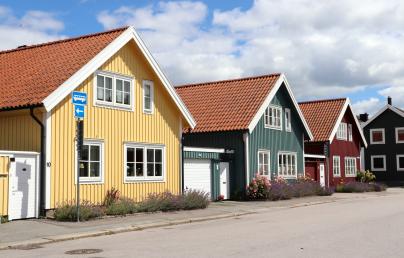
What more can policymaker do to reduce energy losses in buildings?

What more can policymaker do to reduce energy losses in buildings?
In order to address the energy and climate crisis, it is important to boost the energy efficiency potential of technical building systems, and this should be taken into account in the recast of the EPBD. How can heat recovery in domestic hot water system be improved? What about the electrical installations?
As highlighted by the REPowerEU Plan, energy efficiency is crucially important for addressing the energy and climate crisis: every opportunity to save energy must be considered. The energy efficiency potential of technical building systems is neither fully harvested by policies addressing individual products, nor by those focusing on the entire building. This gap can be rectified by the ongoing recast of the Energy Performance of Buildings Directive (EPBD).
Quentin de Hults is the Director of the Green and Healthy Buildings program at the European Copper Institute and gives his opinions.
Is there anything more policymakers can do to reduce energy losses in buildings? The Ecodesign and Energy Labelling Directive has successfully removed ill-performing devices from the European market, the Energy Efficiency Directive (EED) has addressed industrial processes via energy-management systems, and the EPBD has set building-level efficiency requirements and certificates. Still, a gap remains.
Technical systems in buildings, such as space heating, ventilation or domestic hot water, combine different components interacting together. Just like a good team is worth more than the sum of its members, system performance is more than combining efficient components. Design, installation and control contribute to efficiency.
As this escapes the responsibility of manufacturers and is often dependent on a site-specific load profile, it is not tackled by Ecodesign. Building requirements do not tackle it either because they are based on a theoretically modelled performance with some limitations. Harvesting the full energy-efficiency potential requires a stronger focus on technical building systems within the EPBD.
Two examples are discussed:
- Heat recovery in domestic hot water systems
- Optimising electrical installations
Read the full article here.

